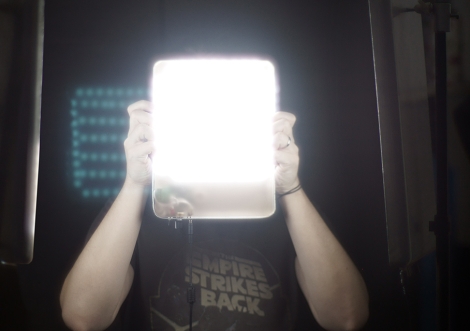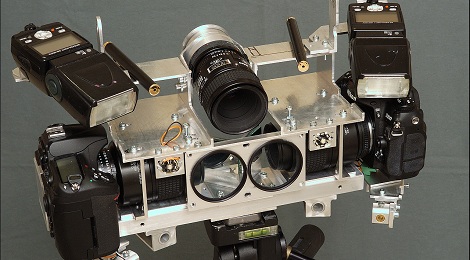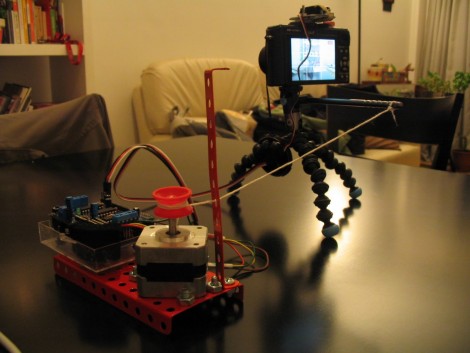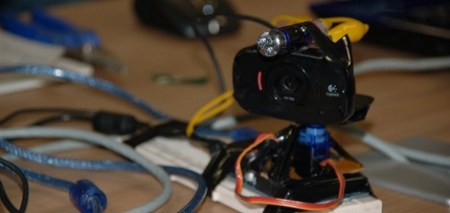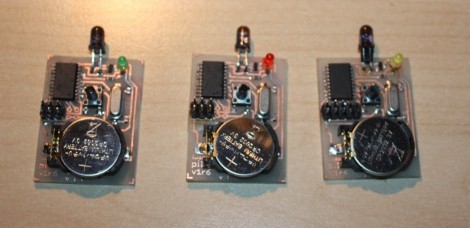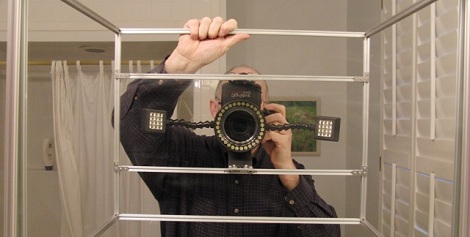
Does a yo-yo work in zero-g? How about a paper airplane? These questions were answered in 1985 on the Space Shuttle Discovery, but reproduction of results is the cornerstone of the scientific method. [Rob] is about to reproduce some of the awesome zero-g pictures by riding on a vomit comet and taking a few pictures of water globes colliding.
For the last few months, [Rob] has had a standby ticket on the G-Force One, a plane that takes passengers on parabolic arcs to simulate microgravity. He was lucky as his standby ticket allowed him to take a few experiments on board, so [Rob] decided there’s just not enough awesome pictures of water colliding in zero-g.
He built a rig out of micro t-slot aluminum. A DSLR is mounted to the frame along with a few ‘test tubes’ containing water. When [Rob] blows through a tube, a small sphere of water will be released to collide with other object. Think of it as the nerd’s version of water splash photography.
Of course, a trip through zero-g wouldn’t be complete without a few more experiments. [Rob] plans on testing a few toys to see if yo-yos ‘sleep’ without gravity (they don’t), and if a grandfather clock works on the moon (there’s a month-long day, so kind of). We can’t wait to see [Rob]’s pictures once he comes back to Earth.

